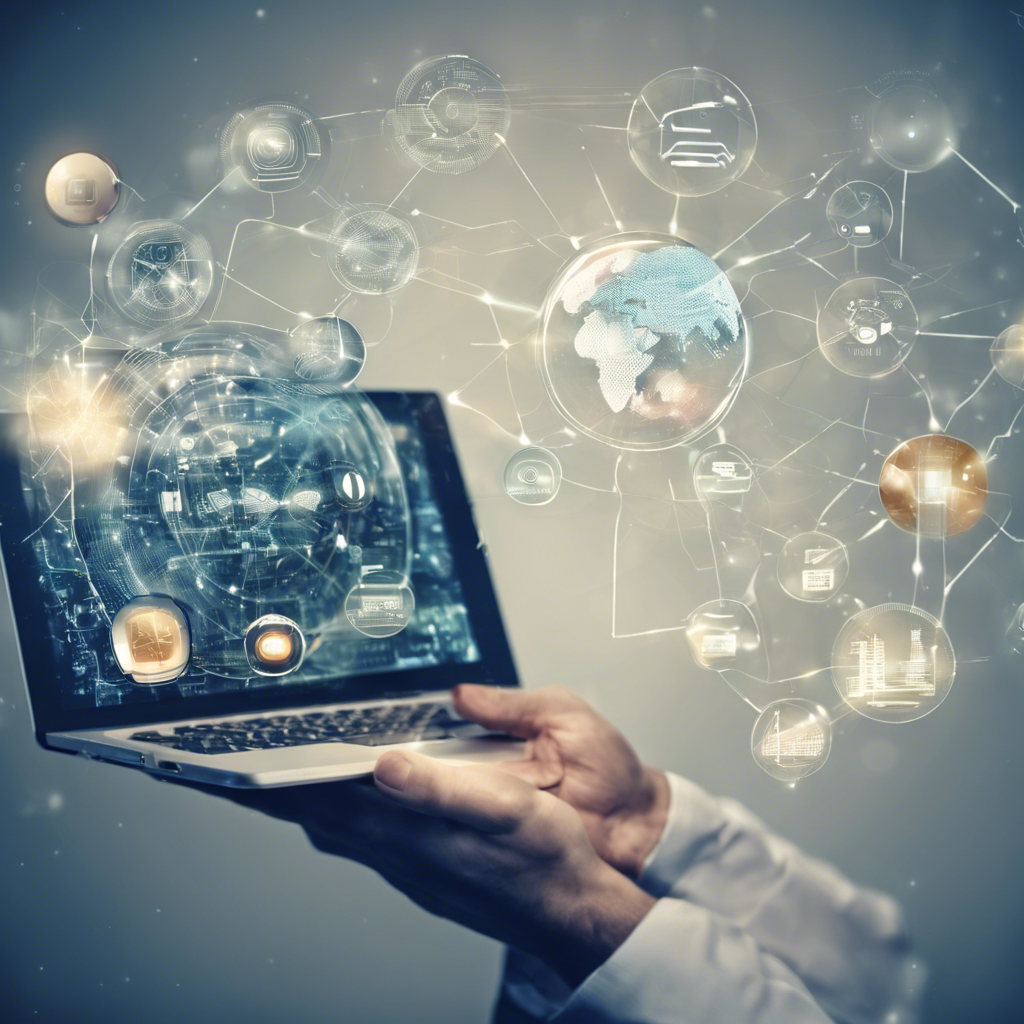As the use of artificial intelligence (AI) grows, some workers will benefit while others may face challenges in the job market, leading to increased inequality.
The rapid development of technology, particularly artificial intelligence (AI), has sparked both excitement and concern. While these advancements promise higher productivity and improved living standards, there are fears that AI will lead to job displacement and increased inequality. This article explores the historical context of technological change, the potential impact of AI on the labor market, and the implications for inequality.
Historical Perspectives on Technological Change and Job Displacement
The fear of technology destroying jobs is not new. During the Industrial Revolution, the Luddites in England fought against the changes brought about by the textile industry. However, history has shown that technological advancements ultimately lead to higher productivity and improved living standards. Despite concerns raised by then-US Senator John F. Kennedy in 1960 about the potential for industrial dislocation and unemployment, the US economy has continued to create new jobs and maintain a low unemployment rate.
Four Key Channels Affecting Inequality in the Age of AI
Economists have identified four key channels through which AI and technological change can impact inequality:
1. Technological change that favors skilled workers over unskilled workers: The demand for skilled workers has increased, leading to a rise in wage inequality. This can be attributed to factors such as increases in the supply of skilled workers and persistent increases in demand for their skills.
2. Reductions in the cost of capital that complement skilled labor: Capital, including machinery and equipment, tends to complement skilled workers while replacing unskilled workers. The increased substitutability between information and communications technologies (ICT) and unskilled workers has contributed to wage inequality.
3. Increased ability of machines to replace workers for specific tasks: Automation has led to the displacement of workers in routine tasks. The exposure of different labor groups to automation explains most changes in relative wages.
4. Increased concentration of market power in a few firms as a result of technology: Leading AI technologies are dominated by a few corporations, which can influence the regulatory framework and limit competition. This concentration of power can exacerbate inequality and reduce labor share in income.
The Distributional Implications of AI and Technological Change
The benefits of AI technologies are not equally distributed. While society may benefit from higher overall productivity, there are winners and losers in the transition period. The owners of AI capital stand to gain, while many workers may see real wage declines. The concentration of market power in a few firms further exacerbates inequality and limits innovation.
The Uncertain Future of AI and Its Implications
The emergence of AI models like ChatGPT-4, which can generate human-like language, highlights the rapid pace of change. Experts predict that computers will be able to perform human-level creative tasks by 2028. The impact of AI on the labor market is expected to be significant, with some studies suggesting that 20% of workers could see at least half of their tasks affected by AI. The productivity gains from AI are observed in more creative tasks, benefiting even the least-skilled workers.
However, the future implications for growth and inequality remain uncertain. Will lower-skilled workers benefit more from AI, or will major corporations with access to data and top talent gain more economic and political power? The potential for artificial general intelligence (AGI) further adds to the uncertainty. Policymakers must carefully consider the distributional implications of these rapid changes and prepare for the economic, social, and political upheaval that may arise.
Conclusion:
The use of artificial intelligence has the potential to transform the job market and increase inequality. While technological advancements have historically led to improved living standards, the distribution of benefits is not always equal. The concentration of power in a few firms and the displacement of workers in routine tasks are key factors contributing to inequality. As AI continues to evolve, policymakers must carefully navigate the transition and ensure that the benefits are shared more equitably. The future of AI and its impact on society will depend on both technological advancements and the policy and societal response to these changes.











